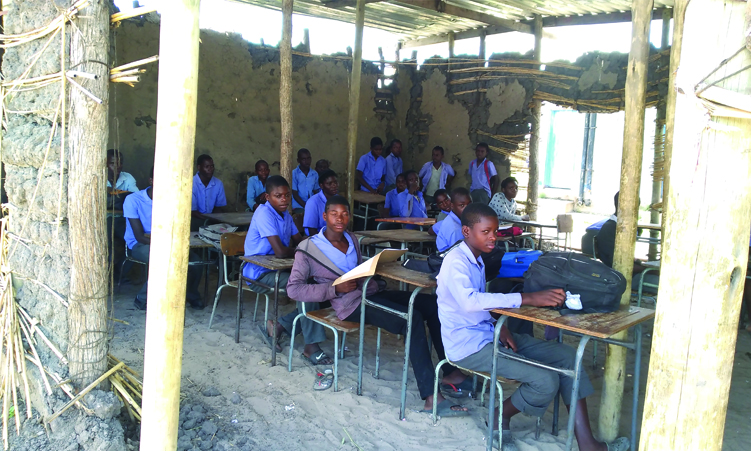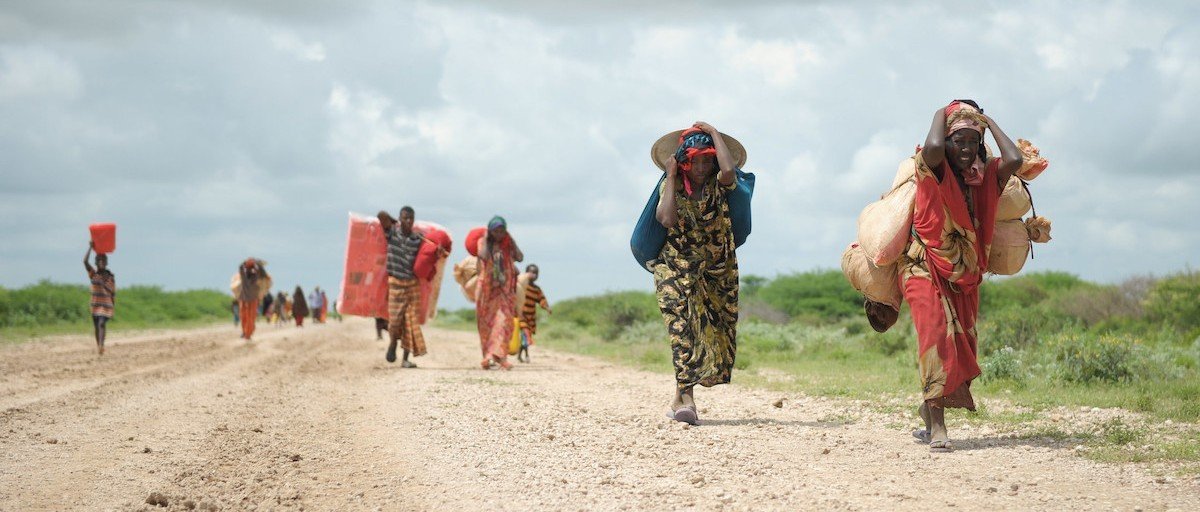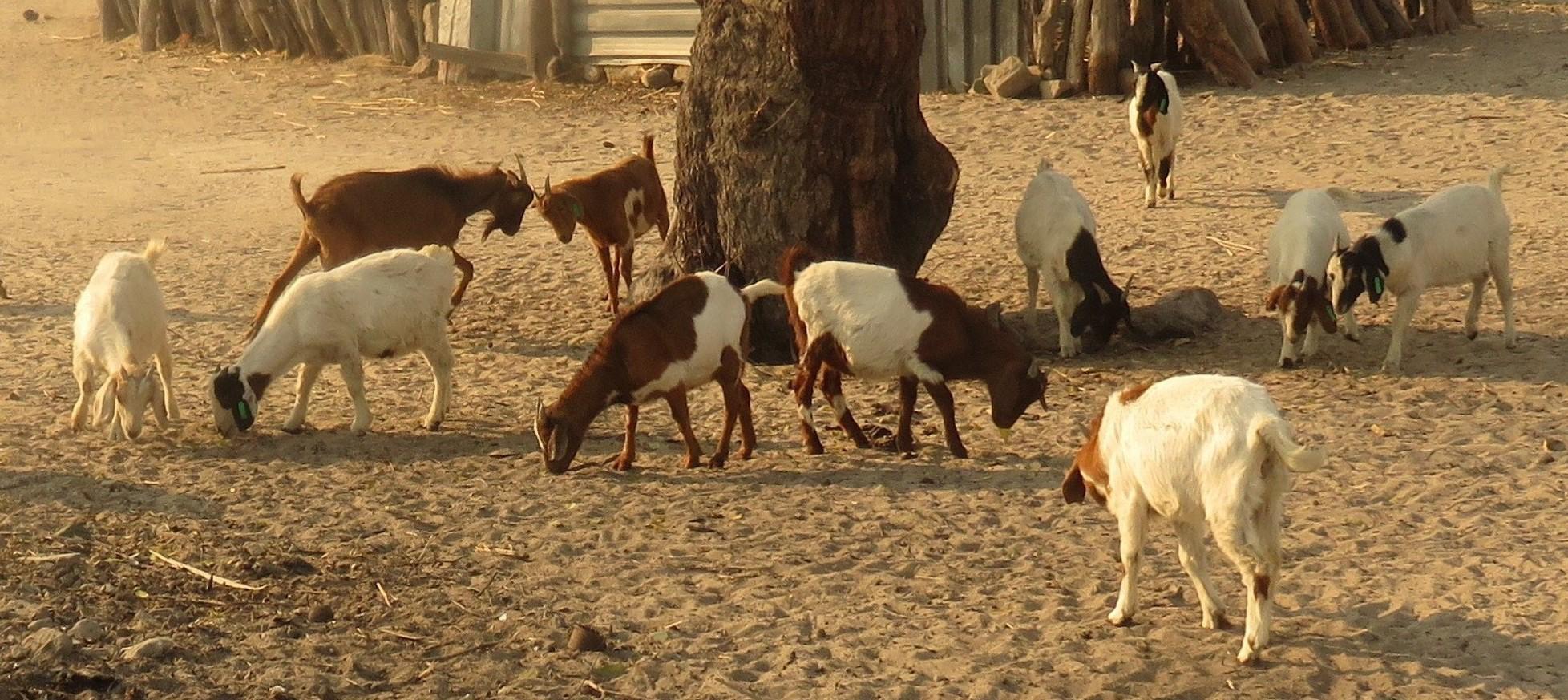EXECUTIVE director of education, arts and culture Sanet Steenkamp says the ministry needs to build 2 837 classrooms countrywide to tackle the shortage of classrooms.
She says the high number of classrooms needed is caused by increases in pupils’ enrolment in schools each year.
“This is to cater for all phases from pre-primary to senior secondary school level,” Steenkamp says.
She says for the current academic year, a total of 1 248 classrooms are needed countrywide.
“Based on the latest Education Management Information System (Emis) statistics, 839 579 pupils are enrolled at Namibian schools countrywide,” she says.
Steenkamp says the ministry is taking the classroom shortage issue seriously and has allocated N$20 million to infrastructure development at schools.
“This is for the 2023/24 financial year, which will be dispersed to all regions for basic education facilities,” she says.
In addition to the N$20 million, more funds would be set aside specifically for classrooms and sanitation facilities when the education budget has been allocated.
“The ministry has plans to work with public entities to fast track the construction of classrooms in a more cost-effective manner,” she says.
Steenkamp says through collaborative resource mobilisation efforts between the ministry and the private sector, the ministry foresees more classrooms being built within the shortest time possible.
“Therefore, we call upon more private sector [players] to come on board …”
Addressing the Cabinet last week, president Hage Geingob, among others, spoke about the issue of pupils being taught under trees and also referred to teachers telling him they do not have access to kitchens at schools.
“I looked at this person and I said ‘yes, while you wait for the government, why don’t you put one pole here, one pole there, one there, and one pole there, and put blikkies on top?”
Geingob has since said that the media.
his comments were made as a side issue, while his main message was about the action the government has already taken to remedy the current education crisis.
“Come and exaggerate things you know are tangents. What is the main idea one is conveying? Conditions are bad. Yes, children are taught under the trees,” he said.
Youth adviser to the president Daisry Obal took to Twitter on Friday, saying the president’s comments were taken out of context.
“In his remarks, president Geingob never suggested teachers should set up makeshift classrooms. Rather, he emphasised that as people, we should be resourceful, challenges notwithstanding, by illustrating the case of hostel kitchen staff who don’t have formal kitchens,” she tweeted.
She said Geingob’s commitment to education is unquestionable.
“In 2017, the president directed the implementation of the Accelerated Schools Infrastructure Improvement Programme at a cost of N$1 billion financed via the African Development Bank. Education received a 25% budget share,” she said.
Obal said the way forward is to design a “compact” between the government and the private sector to build more classrooms, hostels and social infrastructure.
DILAPIDATED CLASSROOMS
Over the past few weeks, the media has been reporting on several issues regarding pupils being taught under trees, in mud structures, and tents.
On Monday last week, The Namibian reported that Grade 7 pupils of Nankuntwe Combined School in the Zambezi region are being taught in a dilapidated mud structure.
The school accommodates 172 pupils.
On Friday last week, The Namibian reported that pupils at Nkutu Primary School in the Kavango West region are being taught in muddy, dilapidated structures or being sent home because their class is flooded.
This school accommodates close to 200 pupils.
Stay informed with The Namibian – your source for credible journalism. Get in-depth reporting and opinions for
only N$85 a month. Invest in journalism, invest in democracy –
Subscribe Now!










